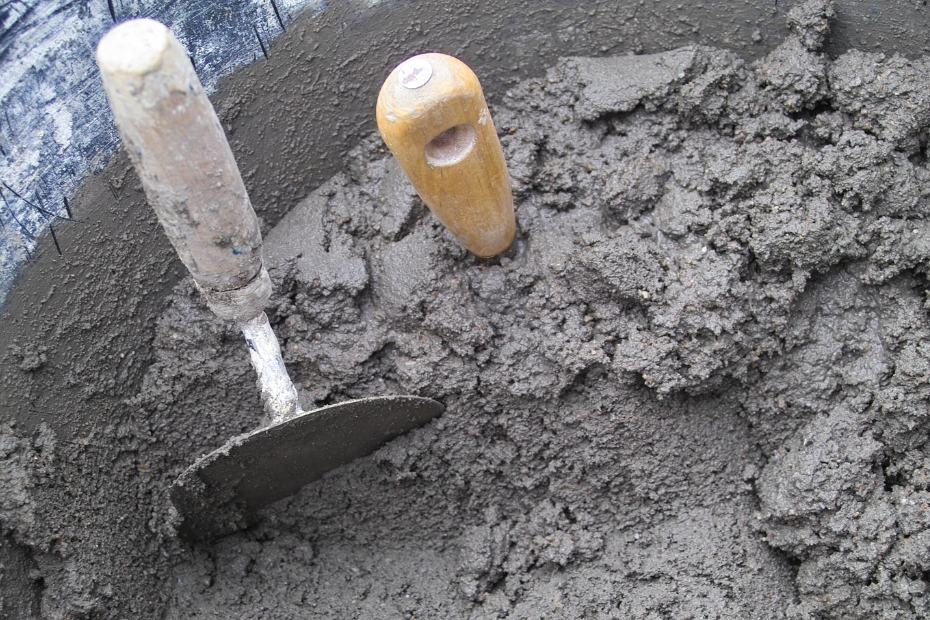When it comes to cement production, understanding the chemical makeup of cement is crucial for quality control. Cement is made up of several compounds, including bogue compounds, which are responsible for the setting and hardening of cement. In this article, we’ll take a deep dive into bogue compounds in cement, how they are formed, and their impact on cement quality.
Bogue compounds are named after their discoverer, R. H. Bogue, who was a renowned cement chemist. There are four main bogue compounds in cement, which include:
Tricalcium silicate (C3S)
Tricalcium silicate (C3S) is the most abundant bogue compound found in cement and is responsible for the initial setting and early strength development of cement. C3S is formed when calcium oxide (CaO) and silica (SiO2) are heated together at high temperatures.
Dicalcium silicate (C2S)
Dicalcium silicate (C2S) is the second most abundant bogue compound in cement and contributes to the long-term strength development of cement. C2S is formed by the same process as C3S but at a lower temperature.
Tricalcium aluminate (C3A)
Tricalcium aluminate (C3A) is a minor bogue compound in cement and contributes to the early setting time of cement. C3A is formed by heating calcium oxide and aluminum oxide (Al2O3) together.
Tetracalcium aluminoferrite (C4AF)
Tetracalcium aluminoferrite (C4AF) is also a minor bogue compound in cement and contributes to the color of cement. C4AF is formed by heating calcium oxide, aluminum oxide, and iron oxide (Fe2O3) together.
How do Bogue Compounds Affect Cement Quality?
Bogue compounds have a significant impact on the properties of cement and its performance in various applications. The amount and type of bogue compounds present in cement determine its strength, setting time, and durability.
For instance, a higher percentage of C3S in cement results in rapid strength development, while a higher percentage of C2S results in long-term strength development. Additionally, the presence of C3A can cause rapid setting and a high heat of hydration, which can lead to cracking and reduced durability in concrete.
Conclusion
In conclusion, bogue compounds play a crucial role in determining the properties and performance of cement. Understanding their formation and impact on cement quality is vital for ensuring consistent and high-quality cement production. Cement manufacturers must carefully monitor and control the amount and type of bogue compounds present in their products to meet industry standards and customer requirements.
What is the most abundant bogue compound in cement?
Tricalcium silicate (C3S) is the most abundant bogue compound in cement.
What is the role of C2S in cement?
Dicalcium silicate (C2S) contributes to the long-term strength development of cement.
Can the presence of C3A in cement affect durability?
Yes, the presence of C3A can cause rapid setting and a high heat of hydration, which can lead to cracking and reduced durability in concrete.
What is the significance of C4AF in cement?
Tetracalcium aluminoferrite (C4AF) contributes to the color of cement.
Why is it important to understand bogue compounds in cement production?
Understanding bogue compounds is essential for ensuring consistent and high-quality cement production that meets industry standards and customer requirements.


